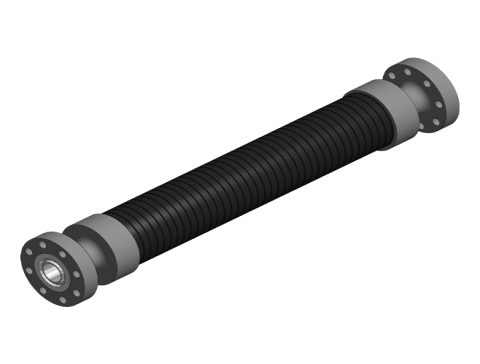Keeping a choke and kill hose in a good condition is not an easy task, especially if you use the hose on a regular basis. We will be discussing the main raw materials used in making the hose as well as the dimensions and specifications. We will also discuss the causes of a choke or kill hose rupturing, and how to avoid it.
dimensions and specifications of choke and Kill hose
Various choke and kill hoses are available in the market. These hoses are intended for use in the oil-and-gas industry. They are made from nitrile rubber, which is highly resistant to abrasion. They also have high-tensile wire spirals that carry the main load. They come in a variety of lengths, ranging from 50 meters up to 110 feet.
They are manufactured according to the requirements of API 16C. They are then tested at 22500psi for a period of 15 minutes, and then issued with a letter confirming their conformity. They can be ordered with safety clamps and hose lift eyes. They comply with the API 16C Hoses standard.
They are also designed to handle the pressures that are present in the oil and gas industry. They are resistant to methane and hydrogen sulphide. They are also available in a variety of temperature ratings. They are recommended for use around the ball joints on offshore drilling rigs. They are resistant to high velocities and erosion.
Many purposes are served by choke and kill manifolds in the oil and natural gas industry. They are used to regulate the flow rate and well pressure fluctuations. They also help control the well kick.
Choke and kill manifolds can be used as oilfield manifolds or flexible connections. They can also be used in choke manyfold systems. They are made of nitrile rubber and come with a variety of sizes and shapes.
Causes of hose rupture: choke and kill
There are pros and cons to using a choke-and-kill hose. For one, you're using a product made of petroleum and not a high-strength, low-temperature material such as fiberglass or polyethylene. Besides, they are expensive. They are also not very easy to use. It is even more difficult to maintain a choke or kill hose in the field. Hence, if you're going to invest in a choke and kill hose, you might as well make sure you know what you're doing.
There are many choke-and-kill hose manufacturers on the market. Some of the more reputable ones include Gates and Yokogawa. Gates has been in the business of manufacturing high-pressure hoses for more than a decade. Yokogawa, on the other hand started making its hoses just a few years ago. To date, it has shipped more than a thousand high-pressure hoses to more than a dozen countries. It boasts a customer base that includes oil and natural gas companies such as Chevron and BP.
Principal raw materials for choke and kill hoses
A choke and kill hose can be a good idea when you're working with oil and gas. However, the wrong hose can cause neck pains. The best way to make sure you're getting your monies worth is to choose the best from the wide selection of choke and kill hoses available from manufacturers such as Truco, Gates, and others. Some companies specialize only in high pressure hoses, while others specialize in other types. Some companies even make custom-made hoses. The best hoses are made to last decades and can withstand high pressure and harsh environments. No matter what your needs are, the best choke-and-kill hoses will give you peace of mind and a job done well.

